Brunnera Companion Plants That Will Make Your Garden Pop
Brunnera Companion Plants That Will Make Your Garden POP
Brunnera macrophylla, commonly known as Siberian bugloss or lungwort, is a shade-loving perennial plant that is known for its large, heart-shaped leaves that are covered in silvery-blue spots. Brunnera blooms in the spring with small, blue or white flowers that are held on tall stalks.
Brunnera is a relatively easy plant to care for and is tolerant of a wide range of soil conditions. It is also deer-resistant, making it a good choice for gardens that are frequented by these animals.
If you are looking to add Brunnera to your garden, you may be wondering what companion plants would work well with it. Here are a few suggestions:
- Hostas are another shade-loving perennial that is a good companion for Brunnera. Hostas come in a wide variety of leaf shapes and colors, so you can find one that will complement the silvery foliage of Brunnera.

- Ferns are also a good choice for companion plants for Brunnera. Ferns add texture and interest to the garden, and they can help to suppress weeds.
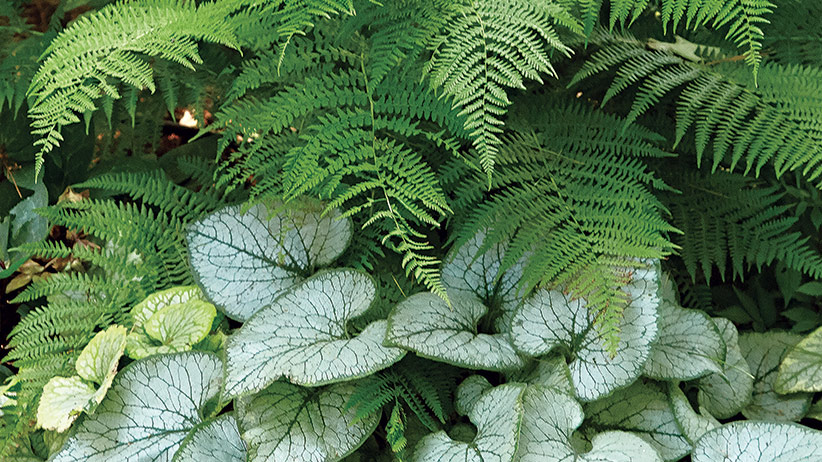
- Epimediums are a type of flowering groundcover that is native to Asia. Epimediums come in a variety of colors, including yellow, pink, and white. They bloom in the spring and early summer, and they are tolerant of shade and moist soil.

- Heucheras are another type of flowering groundcover that is a good companion for Brunnera. Heucheras come in a wide variety of colors, including red, orange, yellow, and purple. They bloom in the summer, and they are tolerant of shade and moist soil.

- Bleeding hearts are a type of perennial that is known for its delicate, heart-shaped flowers. Bleeding hearts bloom in the spring, and they prefer partial shade and moist soil.
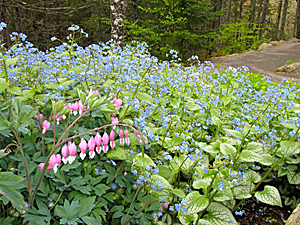
- Wood anemones are a type of wildflower that is native to North America. Wood anemones bloom in the spring with small, white or pink flowers. They prefer partial shade and moist soil.

- Primroses are a type of wildflower that is native to Europe. Primroses bloom in the spring with small, yellow or orange flowers. They prefer partial shade and moist soil.
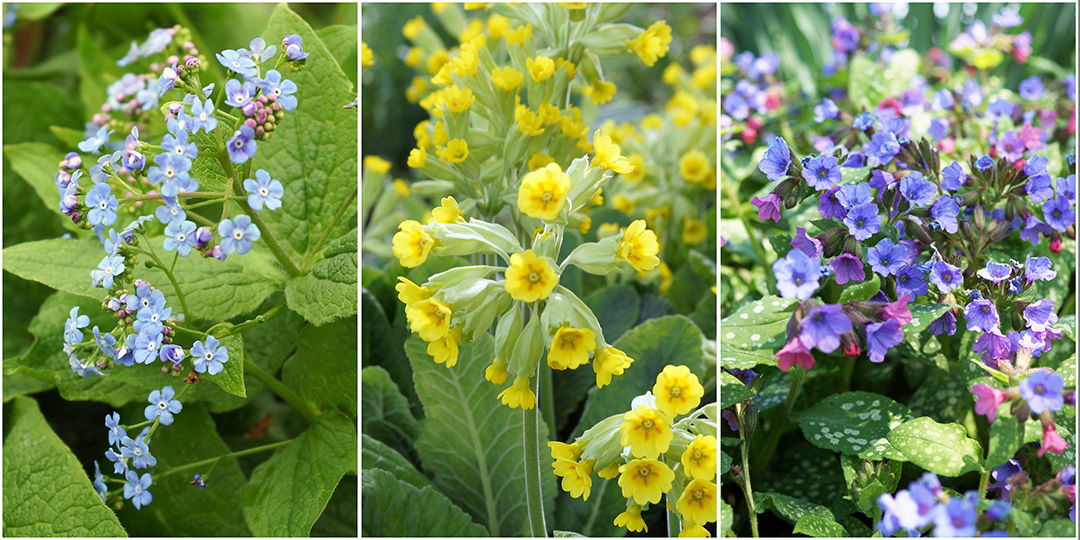
These are just a few suggestions for companion plants for Brunnera. When choosing companion plants, it is important to consider the plant's size, light requirements, and water needs. By choosing companion plants that have similar requirements, you can help to ensure that your plants will thrive.
Brunnera is a beautiful shade-loving perennial that can add a touch of elegance to any garden. But what companion plants should you choose to plant it with?
There are many great options, but some of the best include:
- Hostas: Hostas are another shade-loving perennial that comes in a wide variety of colors and leaf shapes. They make great companions for Brunnera because they have similar water and soil requirements. Garden Wiki has a great article on the best hostas to plant with Brunnera.
- Ferns: Ferns are another classic choice for shady gardens. They add a touch of natural beauty and can help to create a lush, woodland feel. Some of the best ferns to plant with Brunnera include:
- Wood fern: This fern has delicate, lacy fronds that will look stunning when planted next to Brunnera's large, blue leaves.
- Hart's-tongue fern: This fern has a unique, heart-shaped frond that is perfect for adding interest to a shady border.
- Ostrich fern: This fern has large, feathery fronds that can reach up to 6 feet tall. It's a great choice for creating a dramatic statement in a shady corner of your garden. Garden Wiki has a more comprehensive list of ferns that can be planted with Brunnera.
- Heucheras: Heucheras are another great choice for shady gardens. They come in a wide variety of colors, from bright reds and oranges to deep purples and greens. They also have interesting foliage textures, which can add visual interest to your garden. Garden Wiki has a great article on the best heucheras to plant with Brunnera.
These are just a few of the many great companion plants that you can choose for Brunnera. If you're looking for more inspiration, be sure to visit Garden Wiki. They have a wealth of information on Brunnera and its companion plants.
FAQ of brunnera companion plants
- What are some good companion plants for Brunnera?
Brunnera is a low-maintenance perennial that prefers part shade and moist soil. Some good companion plants for Brunnera include:
* Hostas: Hostas are another shade-loving plant that can help to suppress weeds and provide a lush backdrop for Brunnera's blue leaves.
* Ferns: Ferns are also tolerant of shade and moist soil, and they can add a touch of elegance to any garden.
* Astilbe: Astilbe is a flowering plant that blooms in the summer with delicate pink or white flowers. It can help to add some color to a Brunnera planting.
* Coralbells: Coralbells are another shade-loving plant that blooms in the spring with pink, red, or white flowers.
* Primroses: Primroses are early-blooming flowers that can add a splash of color to a Brunnera planting in the spring.
- What are the best conditions for Brunnera?
Brunnera prefers part shade and moist soil. It can tolerate full shade, but it will not flower as well. The soil should be well-drained, but it should also retain some moisture. Brunnera is not tolerant of dry conditions.
- How much water does Brunnera need?
Brunnera needs regular watering, especially during hot, dry weather. The soil should be kept moist, but not soggy. Mulching around the plant can help to retain moisture.
- How much fertilizer does Brunnera need?
Brunnera does not need a lot of fertilizer. A light application of fertilizer in the spring will help to promote healthy growth.
- How do I propagate Brunnera?
Brunnera can be propagated by division in the spring or fall. To divide Brunnera, carefully dig up the plant and use a sharp knife to divide it into smaller clumps. Replant the clumps in well-drained soil and water them well.
Image of brunnera companion plants
- Hosta. Hostas are another shade-loving plant that can complement Brunnera's blue foliage. They come in a variety of colors, so you can choose ones that will contrast or blend with Brunnera's leaves.

- Ajuga. Ajuga is a low-growing groundcover plant that can help to fill in spaces between Brunnera plants. It also has blue flowers that bloom in the spring.

- Ferns. Ferns are a classic choice for shady areas, and they can add a touch of elegance to any garden. Brunnera's blue leaves will provide a nice contrast to the delicate fronds of ferns.
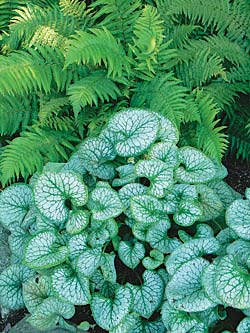
- Vinca. Vinca is a fast-growing vine that can be used to cover unsightly areas or to create a groundcover. It blooms in the spring with purple or blue flowers.

- Hellebores. Hellebores are winter-blooming perennials that add interest to the garden when other plants are dormant. They come in a variety of colors, including white, pink, and purple.
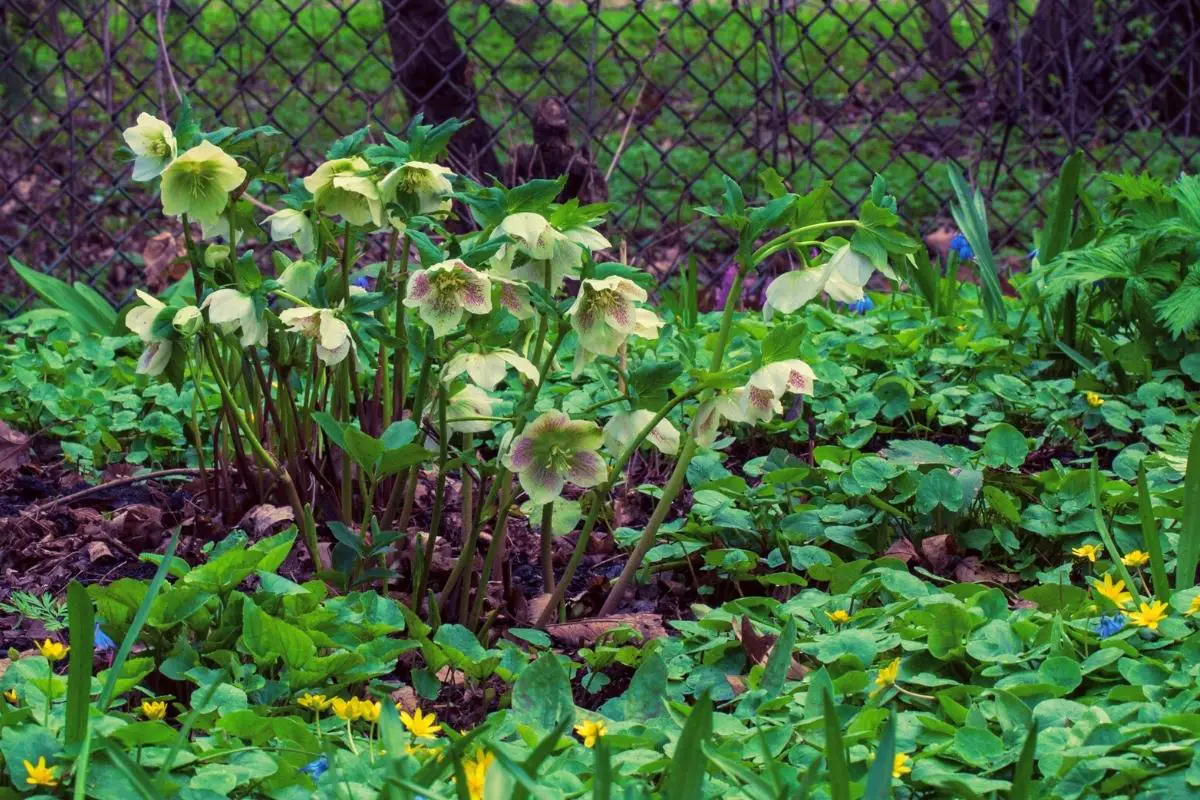
Post a Comment for " Brunnera Companion Plants That Will Make Your Garden Pop"